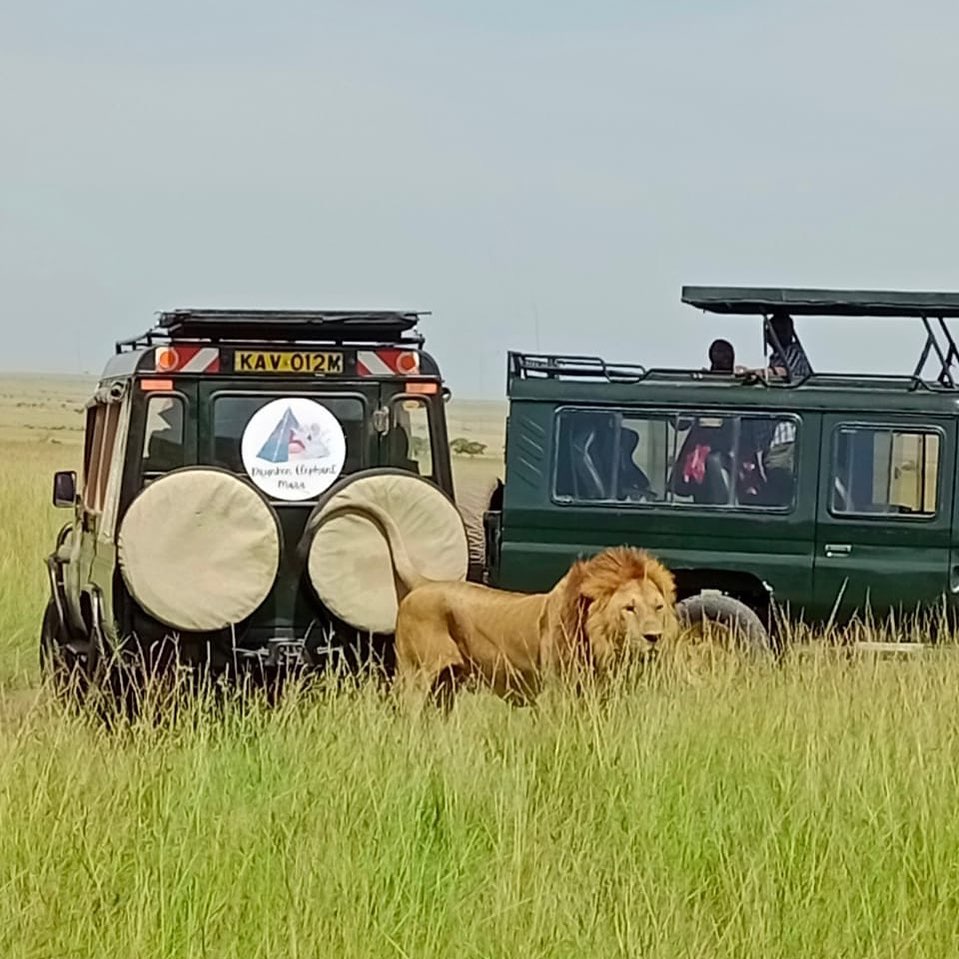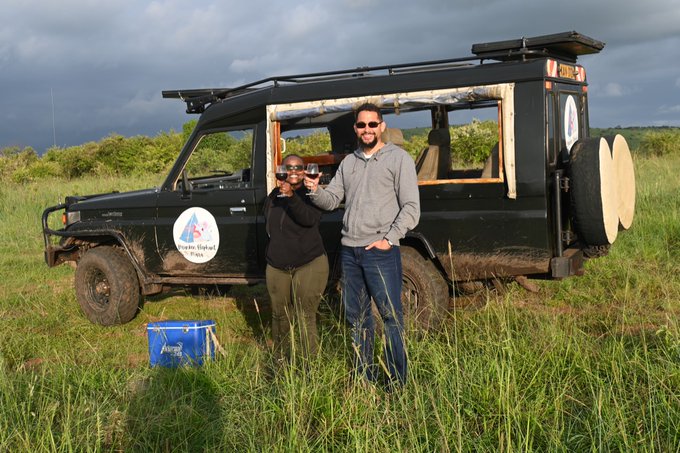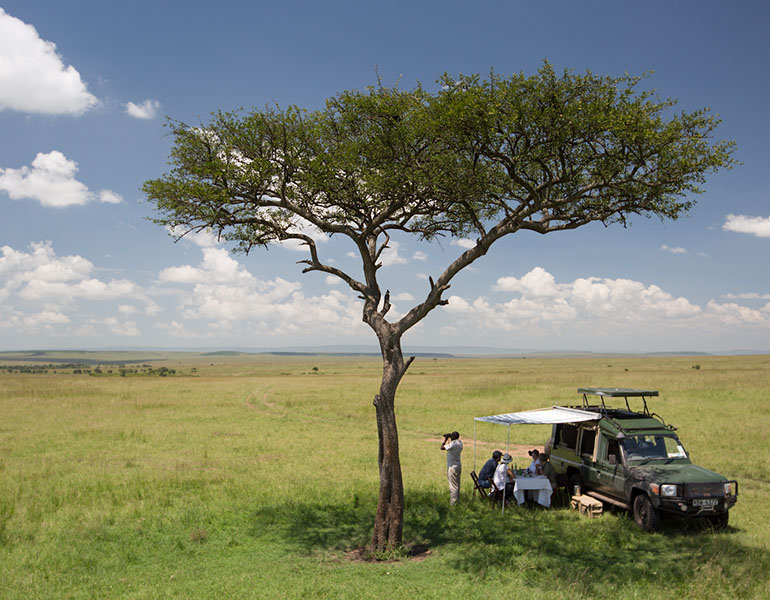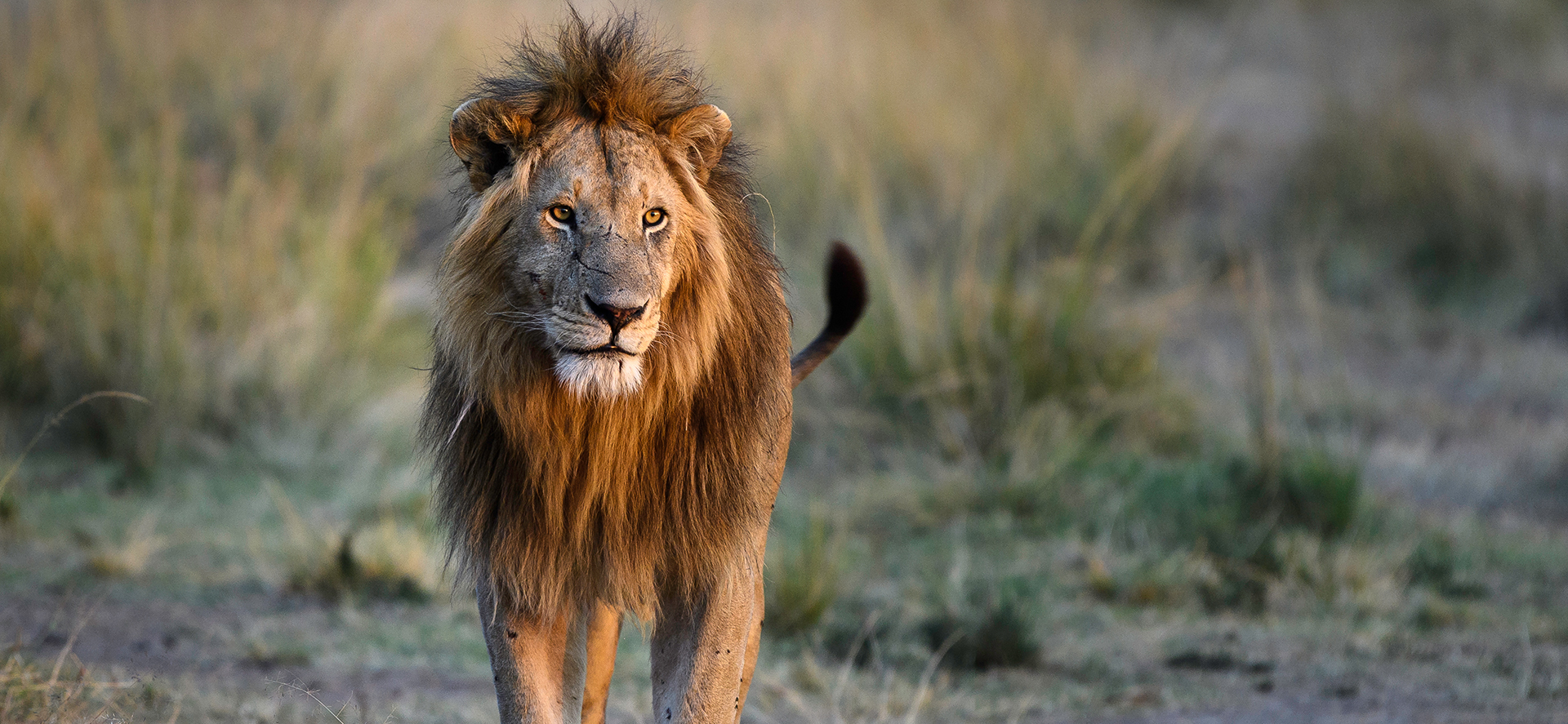
Tourism and climate are intimately linked to each other. The climate shapes several tourist activities in so many ways. Climate change has a huge impact on nature-based tourism. So favorable climate is a decisive factor that boosts nature-based tourism and impacts tourism in adverse situations.
Maasai Mara National Reserve (MMNR) is an important wildlife tourism destination in Kenya. It was proclaimed as the world’s largest ecosystem and hosts the last surviving multispecies migration on the planet. The wonderful migration consists of more than 1.5 million wildebeest, zebras, and antelopes. The migration attracts various predators, including lions, hyenas, cheetahs, and leopards. This annual spectacular event is a popular tourist attraction but can be affected due to adverse climate conditions.

Maasai Mara in Kenya receives rainfall throughout the year. The high rainfall happens here between November and December and from March to May. The extremely high rainfall affects certain tourism activities due to access issues. Animals also tend to be concentrated in areas with a persistent supply of rainfall. It will entice travelers to great game-viewing opportunities.
The alteration of migration patterns is one substantial effect of climate change in Kenya/. It will impact the wildlife population. Rise in temperature, rainfall patterns, and availability of food and water sources also greatly impact wildlife. Climate change influences the timing and routes of animal migrations. It will impact the local communities that depend on wildlife tourism and other economic activities. Endangered species face significant threats due to climate change. Climate change contributes to the loss of critical habitats, valuable forests, and wetlands. The habitat loss poses a risk for endangered animal & plant species.
The increase in rainfall in Maasai Mara Game Reserve posed varying benefits for tourism enterprises! An increase in rainfall could positively affect the growth of the grass stratum. The increase in vegetation stratum can be problematic, as lash vegetation, including grass, can obstruct game viewing! Heavy rain and flooding situations resulted in economic and non-economic losses for tourism in Kenya. Years of drought bring equal concern as well.
Many tourism activities in Kenya, include game viewing, beachgoing, sightseeing, hiking, skiing, and mountaineering. They are climate-sensitive. They need ideal weather conditions. So adverse climate will impact tourism. So the economy of some countries like Kenya will be vulnerable to climate change. Therefore, climate change not only impacts the economy but inevitably affects tourism enterprises.

Kenya is well known for its wildlife tourism! 70% of its tourism earnings come mainly from its 23 terrestrial national parks and 28 reserves. Despite the significance and vulnerability of wildlife tourism, there is a scarcity of studies on climate change and wildlife tourism in the Kenyan context. Tourists and tour operators in nature-based tourist destinations like Kenya also feel ta temperature increase. It will reduce their precipitation, and weather hazards can be critical concerns for tourism.
Climate change threats, impacts, and challenges in the different famous wildlife tourism destinations & reserves including Maasai Mara National Reserve in Kenya. Tourists, safari operators, employees, host communities, lodge owners, governments, and environmental groups are affected by climate change threats! Hailstorms, landslides, and cyclones pose a security risk to tourists and destroy tourism infrastructure. Extreme weather events such as droughts, floods, and extreme heat in the National Park have led to the loss of flora, fauna, and infrastructure. It will impact tourism activities!


